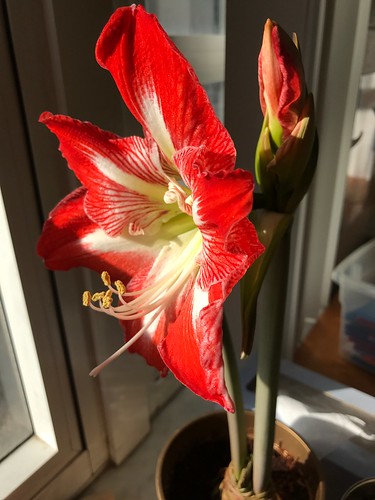Differentiating hESCs and hiPSCs into multi-potent progenitors or overtly differentiated cells prior to transplantation is one particular of the most promising techniques for the safe and efficient use of pluripotent stem cells. Transplantation of lineage-fully commited cells can avert in vivo teratoma development that is caused by the rapid  growth and uncontrolled spontaneous differentiation of pluripotent stem cells [five]. Nevertheless, secure and productive differentiation of hESCs and hiPSCs into the clinically related progenitor or mature mobile kinds remains a key challenge. Methods to derive MSC or MSC-like cells from hESCs have been explored by several research teams and selection from co-tradition with the wanted mobile kind [six], to supplementation of the tradition medium with a cocktail of progress factors [7]. Uncontrolled spontaneous differentiation in embryoid bodies followed by flow cytometry sorting to INK-128 receive the preferred phenotype has also been employed to get MSCs [8]. In other scientific studies, MSCs have been received from spontaneously differentiating embryoid bodies (EBs) or aggregates in straightforward society medium without complex progress element nutritional supplements, although removing of the EBs and prolonged serial passaging was necessary [8,9]. The cells derived by all of these approaches tested constructive for set up MSC surface area markers and had been in a position to differentiate into two or 3 mesenchymal lineages in vitro, i.e., osteoblastic, chondrocytic, and adipocytic. While promising in a lot of aspects, these strategies have intrinsic limitations like complicated cell sorting, in depth culture time and connected labor cost, and, most importantly, lower effectiveness and yields. For schedule clinical apps, it is essential to create successful, trustworthy, price- and labor-effective methods to derive MSCs or MSC-like cells from equally hESCs and hiPSCs. In addition to the addition of cytokines and expansion factors, the use of suitable biomaterial matrices or society surfaces provides another means to affect cell fate through physico-chemical stimulation [ten,eleven] and linked signaling modulation [12,thirteen]. Collagen variety I, a classic biomaterial, has long been known to market osteogenic differentiation of mesenchymal stem cells by way of an15658852 integrinmediated signaling pathway [146]. It also is acknowledged for activating an epithelial-to-mesenchymal transition (EMT) of epithelial cells [179] and EMT has been utilized successfully by other folks for generation of MSC-like cells from hESCs [7].
growth and uncontrolled spontaneous differentiation of pluripotent stem cells [five]. Nevertheless, secure and productive differentiation of hESCs and hiPSCs into the clinically related progenitor or mature mobile kinds remains a key challenge. Methods to derive MSC or MSC-like cells from hESCs have been explored by several research teams and selection from co-tradition with the wanted mobile kind [six], to supplementation of the tradition medium with a cocktail of progress factors [7]. Uncontrolled spontaneous differentiation in embryoid bodies followed by flow cytometry sorting to INK-128 receive the preferred phenotype has also been employed to get MSCs [8]. In other scientific studies, MSCs have been received from spontaneously differentiating embryoid bodies (EBs) or aggregates in straightforward society medium without complex progress element nutritional supplements, although removing of the EBs and prolonged serial passaging was necessary [8,9]. The cells derived by all of these approaches tested constructive for set up MSC surface area markers and had been in a position to differentiate into two or 3 mesenchymal lineages in vitro, i.e., osteoblastic, chondrocytic, and adipocytic. While promising in a lot of aspects, these strategies have intrinsic limitations like complicated cell sorting, in depth culture time and connected labor cost, and, most importantly, lower effectiveness and yields. For schedule clinical apps, it is essential to create successful, trustworthy, price- and labor-effective methods to derive MSCs or MSC-like cells from equally hESCs and hiPSCs. In addition to the addition of cytokines and expansion factors, the use of suitable biomaterial matrices or society surfaces provides another means to affect cell fate through physico-chemical stimulation [ten,eleven] and linked signaling modulation [12,thirteen]. Collagen variety I, a classic biomaterial, has long been known to market osteogenic differentiation of mesenchymal stem cells by way of an15658852 integrinmediated signaling pathway [146]. It also is acknowledged for activating an epithelial-to-mesenchymal transition (EMT) of epithelial cells [179] and EMT has been utilized successfully by other folks for generation of MSC-like cells from hESCs [7].
